HIT For Fighters by Steve Morris
$25 Original price was: $25.$10Current price is: $10.
Shopping Instructions:
- DISCOUNT 15% : SHOP15
- Product Delivery: Within 1 – 12 hours after purchase.
HIT For Fighters by Steve Morris
Sale Page : -/-
Description:
NOTE: If you choose digital download, we will send you download instructions by email. Please note that this is not an instant download–it has to be done manually at our end and can take 1-2 days depending on time zone.
A fight’s a sprint, not a marathon. But most people train at medium-to-low tempos, and as a result fights in the ring and cage are often paced by the fighters in accordance with their comfort level. On the street, a fight may kick off very fast but for various reasons the intensity usually isn’t sustained.
One of the best things you can do for yourself is to be the guy who can control the tempo. It’s one of the few factors that you actually can control about a fight, and many people don’t take advantage of that. If you can work at higher rates than your opponent for a sustained period, then you’re going to cause him trouble. But this ability must be trained in the gym, and if you can train your anaerobic system and your rate coding system (which is neural) for high intensity sustained effort at the same time that you train your fundamental skills, then you’re going to be streets ahead of guys who separate their cardio work from their skill training. It’s also important to have a training method that teaches you to remain cognant and in mental control during the storm.
I have put together a very simple training method which will give you the foundation for working at high intensity. I’ve married the old Olympic punch-out to the Tabata protocol and I work this in very specific ways for a whole range of puproses, many of which aren’t obvious. It’s a solo, personal practice that initially looks like an anaerobic exercise but addresses a number of key elements that will improve your performance in training and fighting. It’s extremely challenging on many levels, but the payoffs are commensurate.
I teach this training method to everyone who comes to me, whether in private lessons, group sessions, to fighters or to those concerned with personal protection. It’s also the most important part of my own training. In this video I break it all down for you. I’ll explain how to do it, why to do it, what to focus on when you’re doing it, how to make it progressively more effective in different ways, and how it will translate to sparring and fighting.
Some additional topics discussed in context of the Tabata punch-out are
Working on a particular part of your movement without actually removing it from the working system.
Using the eye so that you get ‘speed with glare’ (a Uechi-ryu concept)
Using vocalisation for core stability at high speed
Dempsey’s falling step
The triplanar pendulum system
Including eye saccades
Variations on the basic punch-out
Neural, mechanical, tactical and physiological fine points and tips
Adaptations and variations in full-spectrum fight training
Training as I teach you here will:
Develop a high level of anaerobic conditioning
Increase tactical effectiveness in striking
Provide tempo control
Free you from motor-oriented training
Let you get in your opponent’s OUDA loop
Improve syncopation
Train your mindset for survival mode
Raise aggression level/rate coding
Increase metacognition
Provide a mental and physical self-practice
Train fundamental skills
Enable a sustained, all-out attack
Increase biomechanical efficiency
Challenge your coordination
Strengthen interconnectivity
Raise metabolic rate
Stress the body to deliver supercompensation
Make you quick without sacrificing force development
Increase short-range power
Train ground contact time
Transfer immediately and directly to fighting
Please kindly contact us if you need proof of item.
1 review for HIT For Fighters by Steve Morris
Add a review Cancel reply
Related products
Sports & Fitness
Sports & Fitness
Paul Zaichik – Easy Flexibility – Double Hamstrings Flexibility
Sports & Fitness
Sports & Fitness
Sports & Fitness
Sports & Fitness
Sports & Fitness



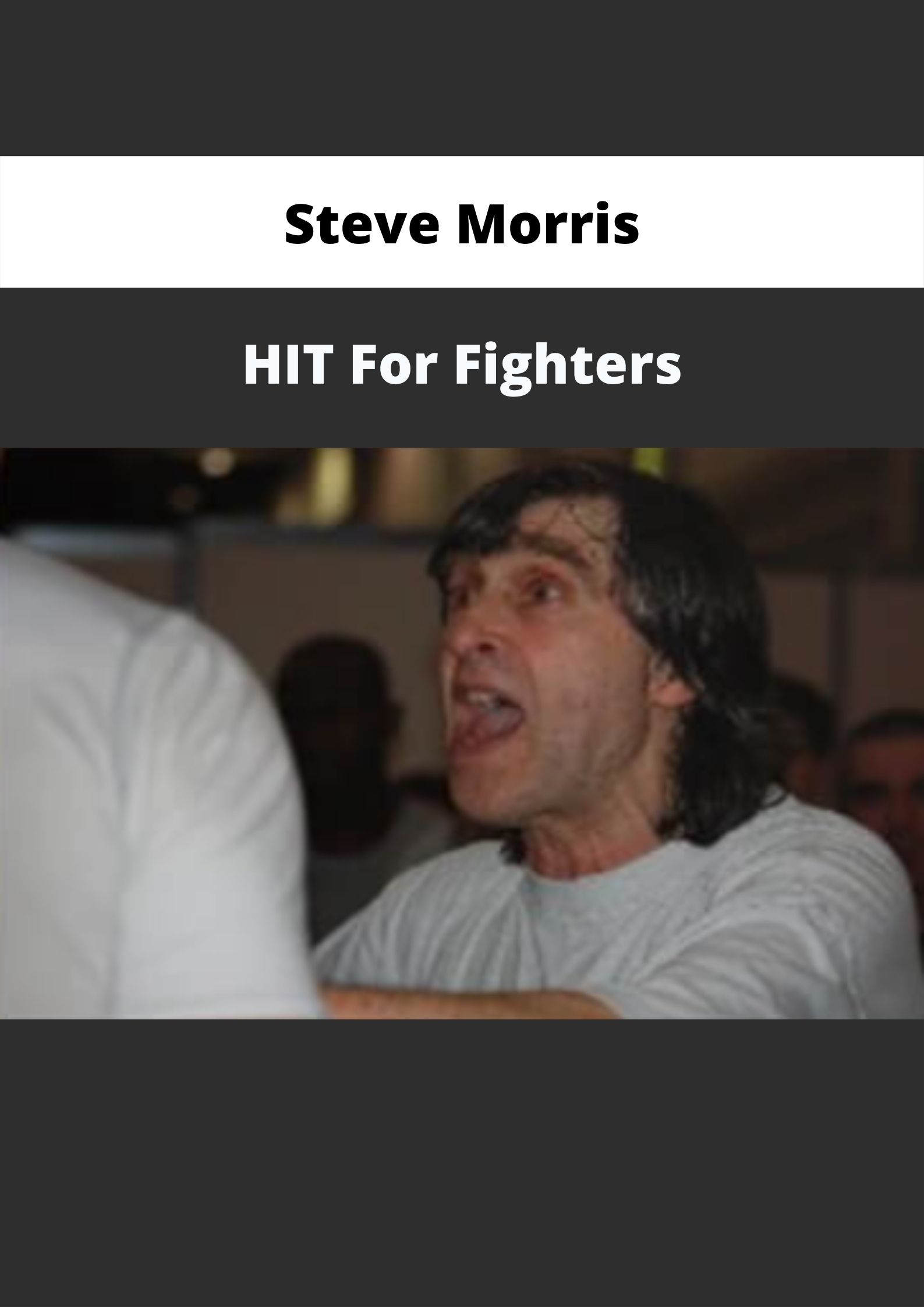
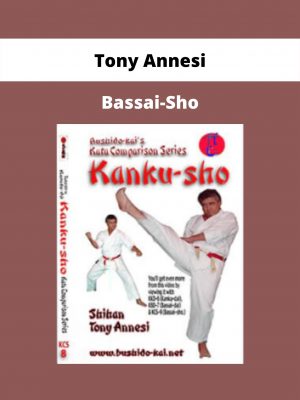
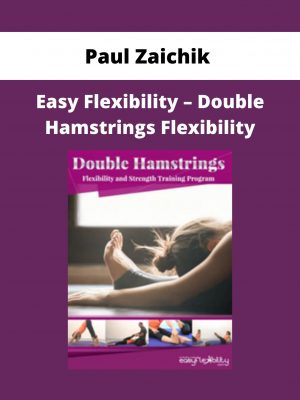
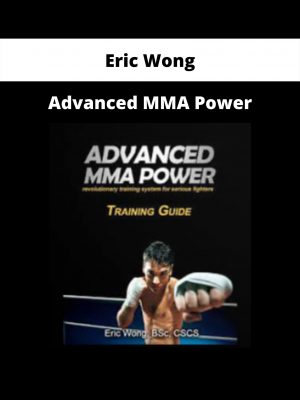


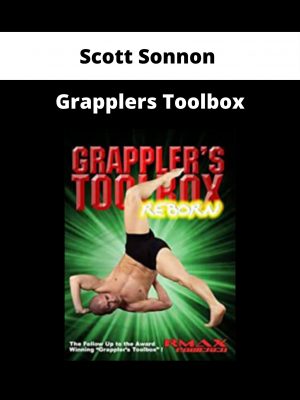
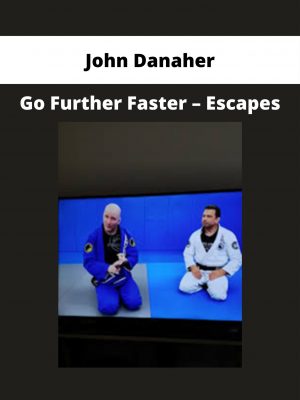

Grayce Lynch –
Very satisfied once again | HIT For Fighters by Steve Morris